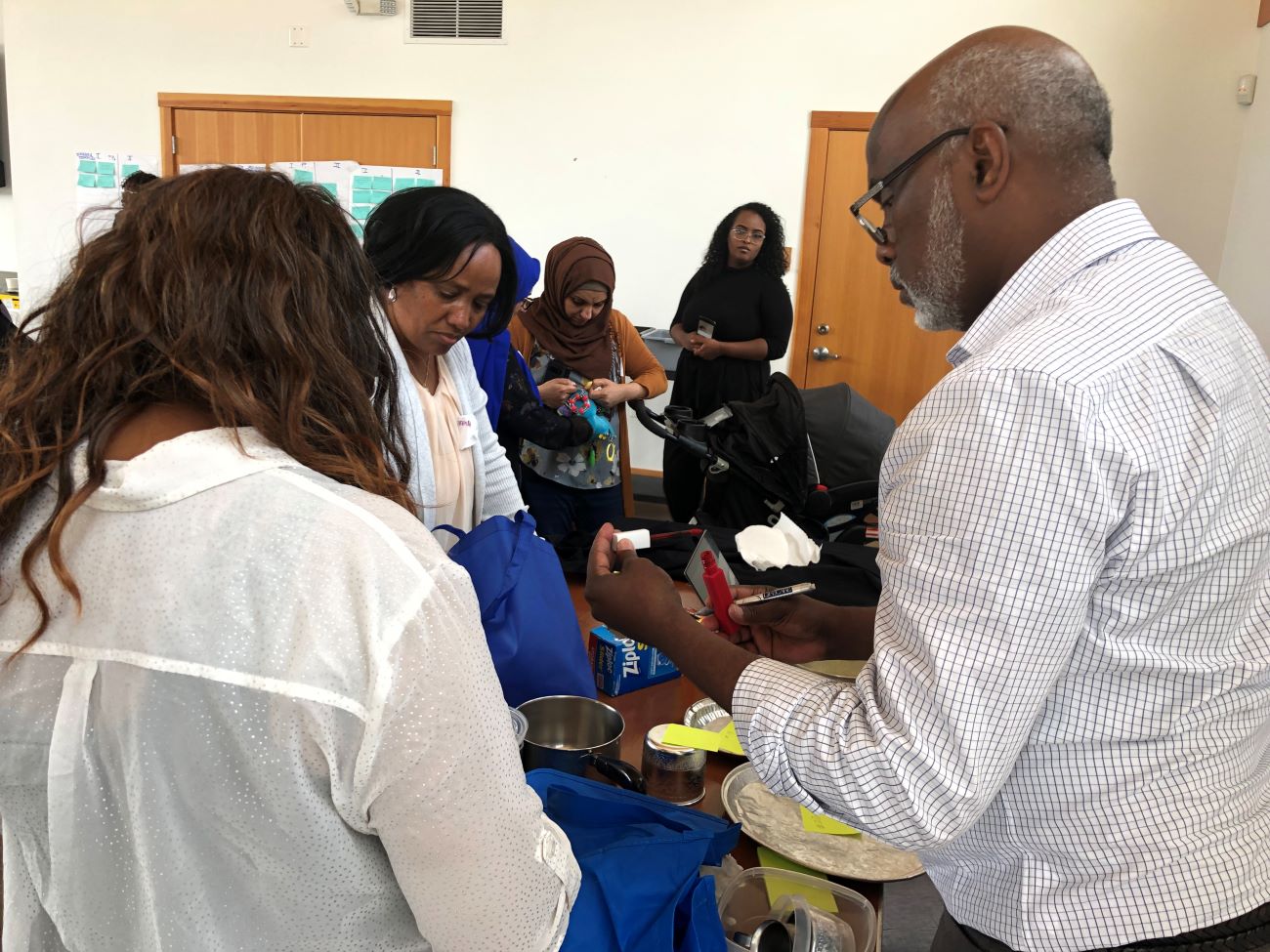"I can’t breathe": From a Black-led movement to confronting hazardous exposures in King County

“I can’t breathe.” This rallying cry is at the root of the Black-led Black Lives Matter movement, a major moment in recent U.S. and Black history.
The phrase extends beyond a call for justice — it also speaks to the daily toxic exposures harming King County’s most vulnerable communities. Black, Indigenous, and people of color (BIPOC) communities, along with low-income households, face disproportionate risks from hazardous household products, industrial pollution, and lead in older homes. These invisible threats lead to asthma, developmental delays, and other serious health issues.
The reality of hazardous exposures in King County
In King County, hazardous exposures are an equity issue, disproportionately affecting communities due to the impacts of historical disinvestment and industrial zoning and lack of access to safer alternative products.
- Polluted air & industrial contamination – Areas like South Seattle and the Duwamish River Valley experience some of the highest air pollution levels in the region contributing to alarming rates of asthma and heart disease.
- Toxic household products – Many low-income families rely on cleaning supplies and personal care products that have hazardous chemicals. Without safer alternatives, they unknowingly expose themselves to toxins daily.
- Lead & hazardous housing – Some older homes in lower-income neighborhoods contain lead, mold, and asbestos, increasing health risks.
- Contaminated water & soil – Decades of industrial pollution have left toxic chemicals in the Duwamish Valley and other areas, contaminating soil, water, and locally grown food.
Taking action for safer communities
The Hazardous Waste Management Program (Haz Waste Program) works every day to break the cycle of toxic exposure in our region through education, technical assistance, safer alternatives, and systemic change. Key initiatives include:
- Safer cleaning education – Partnering with community organizations around King County to teach safer cleaning practices to immigrant and refugee communities.
- Small business support – Helping small businesses in our region such asauto shops, nail salons, childcare facilities, and more switch to non-toxic products and adopt safer hazardous waste management practices.
- Free Natural Yard Care workshops – Teaching sustainable yard care practices that reduce use of hazardous chemicals and protect human health and the environment.
- Expanded hazardous waste disposal – Providing accessible mobile collection events through the Wastemobile and Home Collection program and regional drop-off locations for safer waste disposal.
- Fighting for systemic change – Advocating for safer consumer products legislation in Washington state to restrict hazardous chemicals, extended producer responsibility measures to stop hazardous products at their source, and supporting community-led health interventions to empower grassroots efforts in reducing toxic exposure.
Join us in creating a healthier King County
Environmental justice means ensuring everyone can live in a safe home, one free of hazardous waste. The Haz Waste Program is committed to this fight. Learn how to start reducing hazardous exposures in your home and community, because no one in King County should have to fight for the right to breathe safely, anywhere they live, work, play, or simply exist.

 Translate
Translate